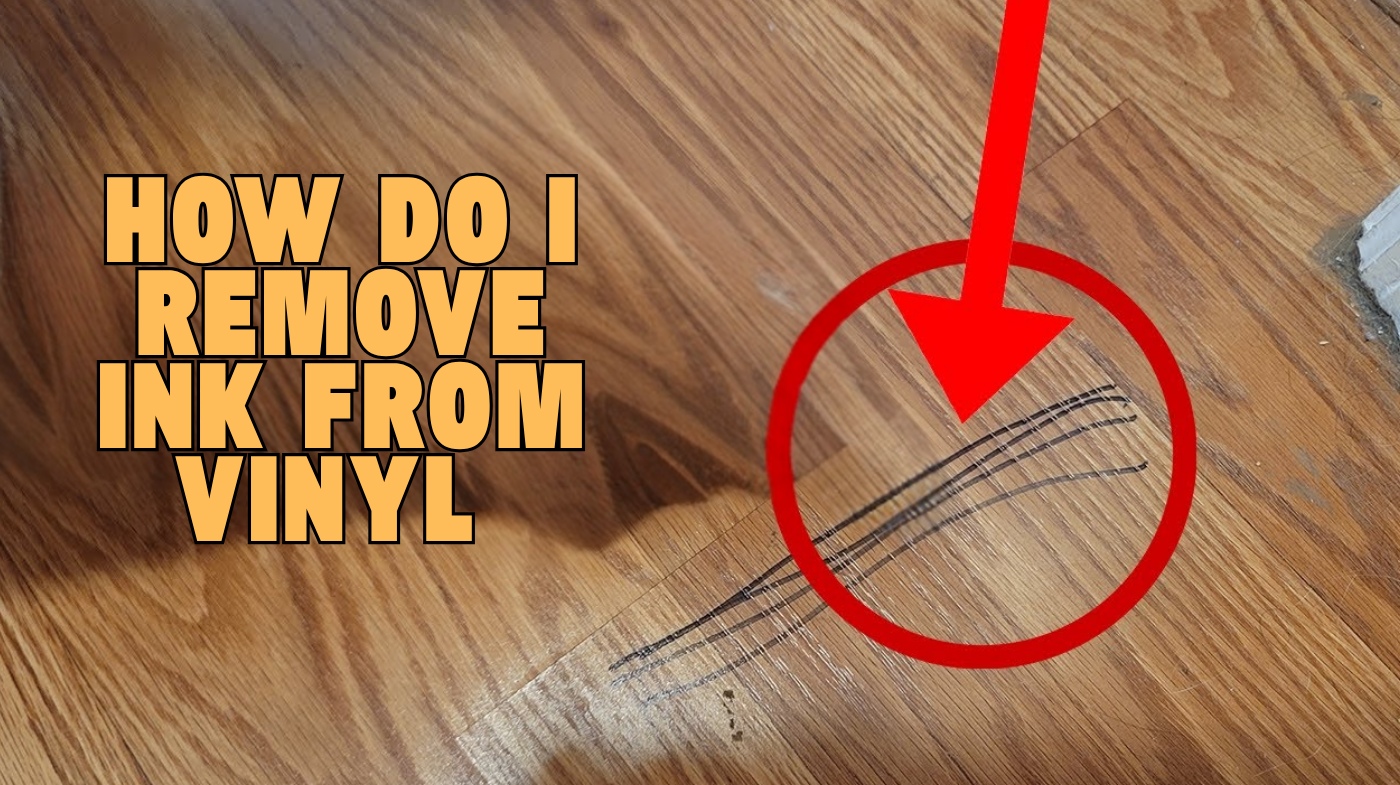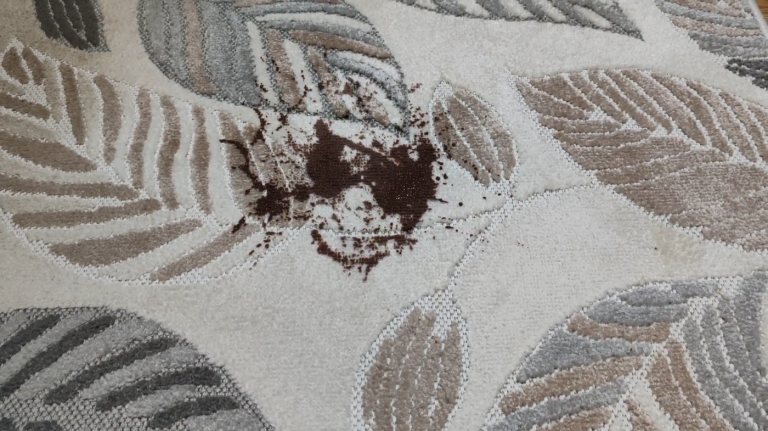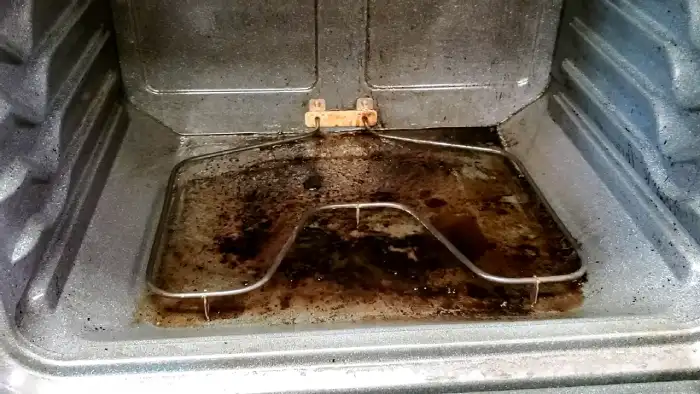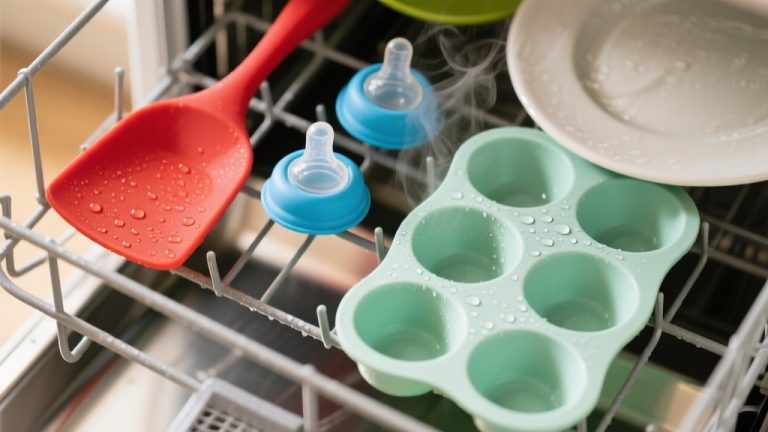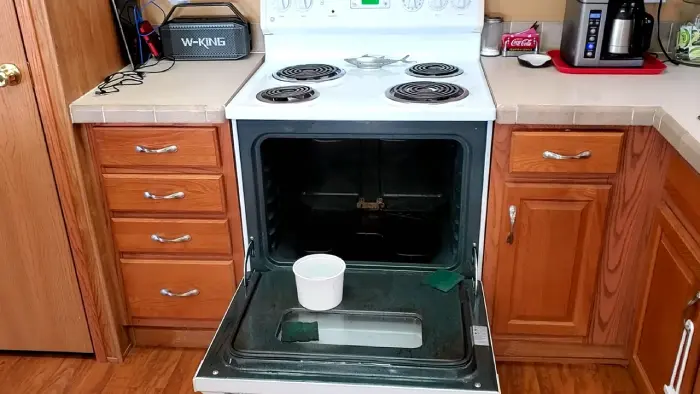How Do I Remove Ink From Vinyl? Easy Fixes That Work
To remove ink from vinyl, first identify the ink type by testing its reaction to water or alcohol.
Start with gentle solutions like a baking soda paste or a mix of vinegar and dish soap, applying with a soft cloth.
For stubborn stains, use isopropyl alcohol carefully on a small area. Always test cleaning agents to avoid damage, then rinse and dry the surface thoroughly.
If you want to tackle tougher marks while preserving your vinyl, let’s explore effective techniques and tools next.
Key Takeaways
- Identify the ink type by visual traits and test with water or isopropyl alcohol to choose an appropriate removal method.
- Gently blot fresh ink stains without saturating, then apply a baking soda paste or a vinegar and dish soap mixture to lift the ink.
- Use isopropyl alcohol on a microfiber cloth for stubborn stains, testing first on a hidden area to avoid vinyl damage.
- Apply specialized, biodegradable ink removers designed for vinyl, following instructions and patch testing before full use.
- After cleaning, rinse with warm water, dry thoroughly, and condition vinyl regularly to maintain surface integrity and prevent damage.
Identifying the Type of Ink Stain
When you’re trying to remove ink from vinyl, identifying the type of ink stain is essential because it determines the appropriate cleaning method.
Start by observing the stain’s visual traits: water-based inks appear lighter and spread out, gel inks are glossy and sit atop the surface, while permanent inks penetrate deeply with vibrant color.
Pinpoint oily stains suggest ballpoint pen ink, whereas bold, saturated spots often come from markers. Next, perform a blot test using a damp cloth—water-based inks transfer easily, permanent inks don’t.
You can also test solubility with isopropyl alcohol on a small area; permanent inks resist this treatment. Consider the ink source: office pens usually use water-based or gel ink, permanent markers contain strong solvents, and stamping pads often use oil-based inks.
This precise assessment guides your next removal steps. It is also advisable to test cleaning agents on a small, inconspicuous area first to prevent damage to the vinyl surface.
Using a biodegradable cleaner can help protect the vinyl while effectively removing stains without harsh chemicals.
Safe Household Solutions for Ink Removal
Identifying the type of ink stain helps you choose the most effective removal method. For fresh stains, apply a baking soda paste gently to lift ink without damaging the vinyl.
Always test any cleaning agent on a small, inconspicuous area first to prevent potential damage or discoloration, as this precaution is crucial for safe application.
Using water-based solvents can also be a gentle yet effective approach for removing ink from vinyl surfaces.
Knowing your ink stain type guides you to the best gentle cleaning approach for vinyl surfaces.
For more stubborn marks, use isopropyl rubbing alcohol sparingly with a microfiber cloth, dabbing gently to avoid spreading. A mixture of white vinegar and dish soap offers a mild acidic solution to break down ink pigments safely.
Magic Erasers can remove dried ink through micro-abrasion but require cautious, gentle use to prevent dulling the surface. Non-acetone nail polish remover also dissolves ink without harming vinyl.
Always test any solution on a hidden vinyl area first, and clean the treated spot with warm soapy water afterward to remove residues and protect the vinyl’s finish.
Using Specialized Ink and Dye Removers
Although household solutions can handle many ink stains, specialized ink and dye removers offer targeted formulations designed to effectively break down various ink types on vinyl without causing damage.
Products like Core Unbelievable!® Ink-Out™ are water-based, biodegradable, and effective on ballpoint, marker, and stamp ink.
You can also use alcohol-based removers like isopropyl alcohol, but apply cautiously to prevent discoloration. This spot remover is non-flammable and biodegradable, ensuring safe handling and environmental compliance.
Using products with quick-drying solvents helps minimize the risk of prolonged moisture exposure that can damage vinyl.
Ink remover pens, such as Hi-Tech Magna MARK, allow precise treatment on automotive vinyl. Always patch test any remover on a hidden area before full use.
Apply gently with appropriate tools, following manufacturer instructions to avoid vinyl damage.
After treatment, clean the surface with warm soapy water to remove chemical residues. Avoid harsh chemicals like bleach or acetone, which can harm vinyl irreversibly.
Step-by-Step Application Techniques
A careful, step-by-step approach guarantees effective ink removal from vinyl while minimizing damage.
First, identify the vinyl and ink types, then test your chosen cleaning solution on a hidden spot. It is important to avoid harsh chemicals that can damage delicate surfaces during cleaning.
Blot fresh ink gently without saturating the surface. Next, apply rubbing alcohol with a microfiber cloth, dabbing softly.
For stubborn stains, use a baking soda paste or a vinegar, water, and dish soap mixture, applying in circular motions with a soft brush. For ink specifically on vinyl, applying a 10% benzoyl peroxide acne cream can be highly effective.
Rinse treated areas with warm water and dry thoroughly. If needed, cautiously use solvents like isopropyl alcohol or mineral spirits, applying briefly and scrubbing gently with a medium-bristle brush.
After each step, inspect the surface carefully before proceeding. Avoid harsh tools and repeat treatments sparingly to protect the vinyl’s integrity.
Post-Cleaning Care for Vinyl Surfaces
Once you’ve removed ink stains carefully from vinyl, maintaining the surface properly will help preserve its appearance and durability.
Regular dusting with a soft cloth and gentle cleaning using warm water and mild soap prevent buildup and damage. Avoid harsh chemicals and abrasive tools, and always dry surfaces promptly to prevent moisture issues.
Shield vinyl from direct sunlight and heat to avoid fading and cracking, as exposure to harsh chemicals can also accelerate deterioration.
Periodic conditioning keeps vinyl supple and extends its lifespan. Immediate spill management minimizes stains and wear.
Using a vinyl conditioner every few months can help maintain suppleness and prevent cracking.
| Care Aspect | Recommended Action |
|---|---|
| Cleaning | Use soft cloth, mild soap, dry promptly |
| Protection | Avoid UV exposure, heat sources |
| Conditioning & Handling | Apply vinyl conditioner, avoid sharp objects |
Frequently Asked Questions
Can Ink Stains on Vinyl Cause Permanent Discoloration?
Yes, ink stains on vinyl can cause permanent discoloration, especially if you delay cleaning. Ink penetrates deeply, bonding chemically with the vinyl surface over time.
Certain inks, like permanent markers, increase this risk, and sunlight can alter colors but won’t fully remove stains.
Your vinyl’s type and finish also affect how easily it stains. To avoid lasting damage, you should treat ink spills promptly and carefully.
Is It Safe to Use Nail Polish Remover on Vinyl Ink Stains?
Think of nail polish remover as a double-edged sword when tackling vinyl ink stains. You can use non-acetone removers safely if you test a hidden spot first and apply gently with a soft cloth or cotton swab.
Avoid soaking the vinyl and rinse thoroughly afterward. Acetone-based removers risk melting or discoloring vinyl, so use them cautiously and briefly if at all. Always prioritize gentle, controlled application to protect your vinyl’s surface.
How Long Should I Wait Before Cleaning Fresh Ink on Vinyl?
You should wait until the ink is dry to the touch before cleaning, usually between 30 minutes and 1 hour for water-based inks. Solvent-based or specialty inks might need up to 24 hours to cure fully.
Avoid cleaning while the ink is wet to prevent smearing. Test drying time on a small vinyl area first, as factors like humidity and vinyl type affect drying. Then proceed with gentle cleaning methods.
Can Heat Help Remove Ink Stains From Vinyl Surfaces?
Sure, blast your vinyl with heat to see it warp into a modern art masterpiece! But seriously, heat isn’t your friend for ink stains on vinyl. It risks warping, discoloring, and setting the stain deeper.
Instead, you should opt for gentle chemical methods like rubbing alcohol or vinegar solutions, combined with soft rubbing. These approaches work methodically without damaging your vinyl, unlike heat, which often does more harm than good.
Are There Vinyl-Specific Sealants to Prevent Future Ink Stains?
Yes, you can use vinyl-specific sealants like Vinyl Seal-It Pen to prevent future ink stains. These sealants create a clear, protective barrier that guards vinyl edges and printed inks from smudging, fading, and physical wear.
They dry quickly, resist UV damage, and withstand washing or handling. Apply them on clean, dry vinyl surfaces, especially around vulnerable edges, and reapply periodically for lasting protection without damaging your vinyl.
Keep Your Vinyl Spotless with Smart, Timely Cleaning
When it comes to removing ink from vinyl, remember that “a stitch in time saves nine.” Acting quickly with the right solution prevents permanent stains.
Identify your ink type, choose a safe household or specialized remover, and apply it carefully following step-by-step methods.
After cleaning, give your vinyl proper care to maintain its look and durability. By staying methodical and attentive, you’ll keep your vinyl surfaces ink-free and in great shape.

